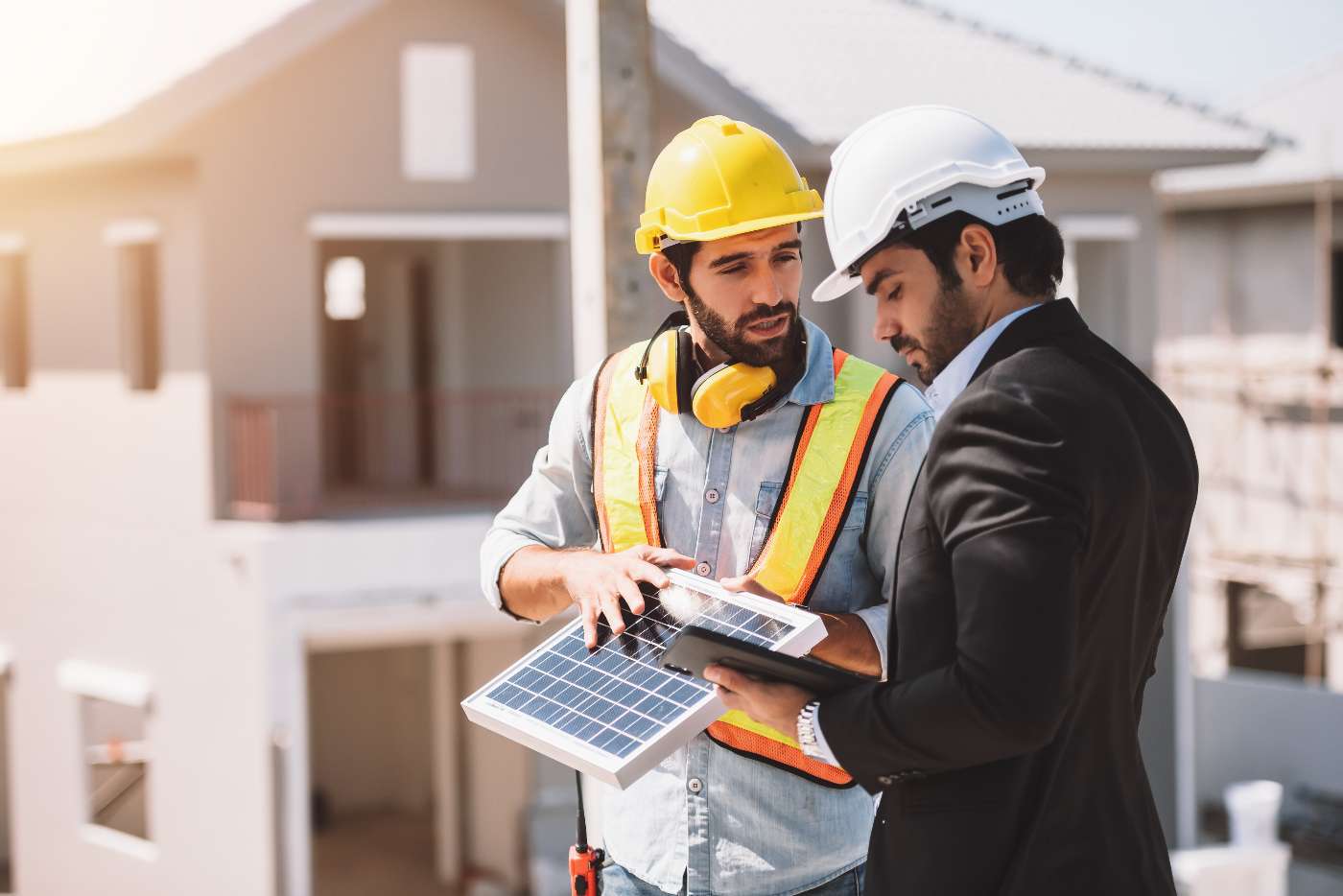Civil construction sites are dynamic environments with potential hazards. Ensuring the safety and compliance of these sites is paramount to protect workers, the public, and the project's overall success. Civil contractors are crucial in implementing safety measures and adhering to regulatory requirements. This blog explores seven critical ways civil contractors ensure safety and compliance on construction sites, providing a safer working environment and mitigating risks.
- Robust safety training programs
Civil contractors prioritize safety by implementing comprehensive training programs for their workers. These programs cover various topics, including hazard identification, personal protective equipment (PPE) usage, equipment operation, emergency response protocols, and safe work practices. Regular training sessions, toolbox talks, and safety briefings ensure that workers know potential risks and are equipped with the knowledge and skills to work safely.
2. Implementation of safety policies and procedures
Civil contractors establish and enforce safety policies and procedures to guide the conduct of workers and subcontractors on construction sites. These policies outline expectations, responsibilities, and consequences for non-compliance. By clearly communicating and consistently enforcing these policies, contractors create a structured and disciplined work environment prioritizing safety.
3. Adherence to Occupational Safety and Health Administration (OSHA) regulations
Civil contractors are required to comply with regulations set by the Occupational Safety and Health Administration (OSHA). OSHA sets standards and guidelines for various aspects of construction site safety, including fall protection, scaffolding, respiratory protection, and hazard communication. Contractors ensure compliance by staying updated on the latest OSHA regulations, conducting regular inspections, and implementing necessary safety measures.
4. Regular safety inspections and audits
Civil contractors conduct regular safety inspections and audits on construction sites to identify potential hazards and ensure compliance with safety protocols. These inspections include checking equipment and machinery for proper functioning, inspecting scaffolding and fall protection systems, examining electrical systems, and evaluating housekeeping practices. By proactively identifying and addressing safety concerns, contractors can prevent accidents and maintain a safe working environment.
5. Enforcement of Personal Protective Equipment (PPE) requirements
Civil contractors enforce the use of appropriate personal protective equipment (PPE) on construction sites. This includes hard hats, safety glasses, high-visibility vests, gloves, and steel-toe boots. Contractors ensure that workers are provided with the necessary PPE and understand the importance of wearing it at all times. Regularly monitoring and enforcing PPE requirements help prevent injuries from falling objects, flying debris, chemical exposures, and other potential hazards.
6. Implementation of site-specific safety plans
Each construction site presents unique challenges and hazards. Civil contractors develop site-specific safety plans that address these specific risks. These plans consider site layout, work processes, potential hazards, and emergency response protocols. They outline the steps to minimize risks and ensure worker safety. Site-specific safety plans are communicated to all workers and subcontractors, ensuring everyone knows the hazards and the safety measures.
7. Collaboration with safety professionals and inspectors
Civil contractors often collaborate with safety professionals and inspectors to enhance safety and compliance on construction sites. They may hire certified safety professionals to conduct site inspections, provide safety training, and advise on best practices. Contractors also work closely with regulatory inspectors from agencies such as OSHA to ensure compliance with safety regulations. By partnering with safety professionals and inspectors, contractors gain access to expert knowledge and guidance, enabling them to implement adequate safety measures and stay abreast of changing regulations.
Civil contractors play a vital role in ensuring safety and compliance on construction sites . Through robust safety training programs, implementation of safety policies and procedures, adherence to regulations, regular inspections, enforcement of PPE requirements, site-specific safety plans, and collaboration with safety professionals and inspectors, contractors create a safety culture and mitigate risks. By prioritizing safety, contractors protect workers, promote a safe working environment, and contribute to civil construction projects' overall success and quality.

